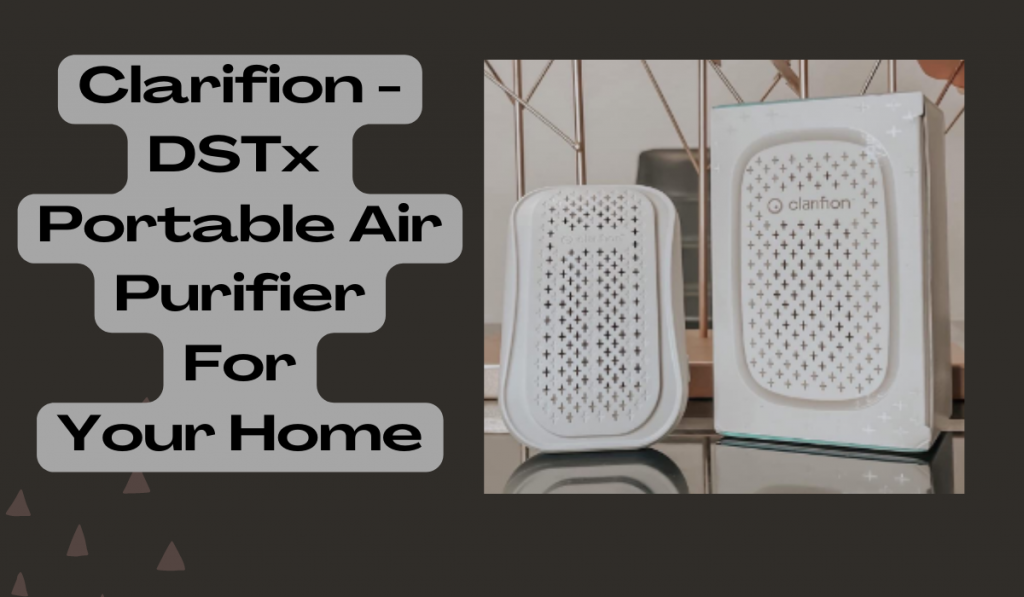Importance of Roof Maintenance
Keeping your roof in top shape is essential for Kansas homeowners. The unpredictable weather in the state, including strong winds, heavy rain, and occasional hail storms, can severely damage your roof if it’s not properly maintained. Neglecting roof maintenance can lead to leaks, structural damage, and costly repairs. To ensure the longevity of your roof and protect your home, it’s crucial to prioritize regular maintenance.
Signs of a Damaged Roof
Before we dive into the steps for maintaining a healthy roof, let’s first familiarize ourselves with the signs of a damaged roof. By being aware of these signs, you can catch any issues early on and address them promptly. Some common signs of roof damage include:
- Missing or damaged shingles: If you notice shingles that are cracked, curled, or missing altogether, it’s a clear indication that your roof needs attention.
- Leaks or water stains: Water stains on your ceiling or walls can be a sign of a leaky roof. Check for any water spots or discoloration.
- Sagging or uneven roof: A sagging roof indicates structural damage and requires immediate professional attention.
- Granule loss: Asphalt shingles should have a consistent layer of granules. If you find excessive granules in your gutters or downspouts, it may be a sign of roof deterioration.
Steps for Maintaining a Healthy Roof
Now that you’re familiar with the importance of roof maintenance and the signs of damage, let’s explore the steps you need to take to keep your roof in optimal condition throughout the year.
DIY Roof Maintenance Tips
Regular gutter cleaning: Clogged gutters can cause water to back up and seep into your roof, leading to leaks and water damage. Clean your gutters at least twice a year to ensure proper drainage.
- Tree trimming: Overhanging tree branches can scrape against your roof during high winds, causing damage to the shingles. Regularly trim branches that are near your roof.
- Clear debris: Remove any debris, such as leaves or branches, from your roof regularly. Debris can trap moisture and accelerate the deterioration of your roof.
- Check for moss or algae growth: Moss and algae can hold moisture against your roof, leading to damage over time. Use a moss or algae cleaner and scrub gently to remove any growth.
- Inspect attic ventilation: Proper attic ventilation is crucial for maintaining a healthy roof. Make sure vents are clear of obstructions and functioning correctly.
Hiring a Professional Roofing Contractor
While there are several DIY maintenance tasks you can perform, it’s also important to enlist the help of a professional roofing contractor for more complex issues. A professional Wichita roofing company has the expertise and equipment to identify and address any underlying problems that may not be immediately visible to an untrained eye. They can also provide recommendations on the most suitable roofing materials for the Kansas climate.
Regular Roof Inspections
Regular roof inspections are crucial for identifying any potential issues early on. It’s recommended to have your roof inspected at least once a year by a professional. During these inspections, the contractor will thoroughly examine your roof for any signs of damage, leaks, or deterioration. They will also assess the condition of the flashing, vents, and other components that contribute to the overall health of your roof.
Budgeting for Roof Repairs or Replacement
Roof repairs or replacement can be a significant investment. To avoid any financial surprises, it’s important to budget for these expenses. Set aside a portion of your savings each year for potential roof repairs or replacement. Regular maintenance and inspections can help extend the lifespan of your roof, but it’s essential to be prepared for any unforeseen circumstances.
Conclusion
Maintaining a healthy roof is crucial for Kansas homeowners to protect their homes from unpredictable weather conditions. By implementing the steps outlined in this article, such as regular inspections, DIY maintenance, and hiring a professional contractor when needed, you can ensure the longevity of your roof and minimize the risks of leaks, structural damage, and costly repairs.
James Martin is a passionate writer and the founder of OnTimeMagazines & EastLifePro. He loves to write principally about technology trends. He loves to share his opinion on what’s happening in tech around the world.


